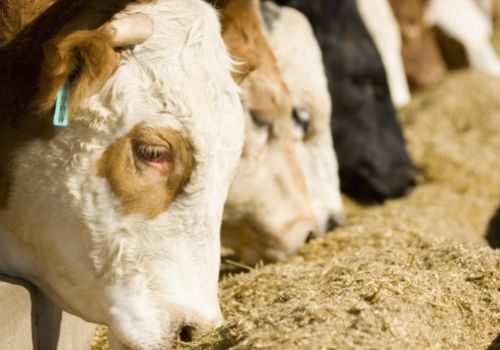Topic Content:
- Energy-yielding Feeds/Basal Feeds
- Protein Yielding Feeds/Supplements
- Fats and Oil Yielding Feeds
- Mineral-Yielding Feeds
- Vitamin-Yielding Feeds
- Water
Animal feeds can be classified into the following;
(a) Energy-yielding Feeds/Basal Feeds:
These feeds have a crude fibre content of less than 18% and a low protein content. The main difference between basal feeds and other feedstuffsfood provided for cattle and other livestock. More is that basal feeds have a high digestible energyEnergy is the ability to do work. Energy exists in several forms such as heat, kinetic or mechanical energy, light, potential energy, and electrical energy. Units of Energy: The SI unit... More content.
This type of feed is highly acceptable to most farm animals, especially the monogastricNon-ruminant animals are animals with a single stomach compartment. They are omnivores or canivores and they have a simple stomach with a single compartment within the digestive system which is called... More. Basal feeds or energy-yielding feeds must be supplemented because they lack vitamins and other essential minerals, like calcium and phosphorous which are needed to meet the growth and maintenance requirements of livestock.
Examples of such feedstuff are maize, cassava, rice, guinea corn, wheat, potatoes, millet, yam, cocoyam, plantain, hay, and silage.

(b) Protein Yielding Feeds/Supplements:
You are viewing an excerpt of this Topic. Subscribe Now to get Full Access to ALL this Subject's Topics and Quizzes for this Term!
Click on the button "Subscribe Now" below for Full Access!
Subscribe Now
Note: If you have Already Subscribed and you are seeing this message, it means you are logged out. Please Log In using the Login Button Below to Carry on Studying!



Wow thanks a lot.
Works are so educative and complete
Good work